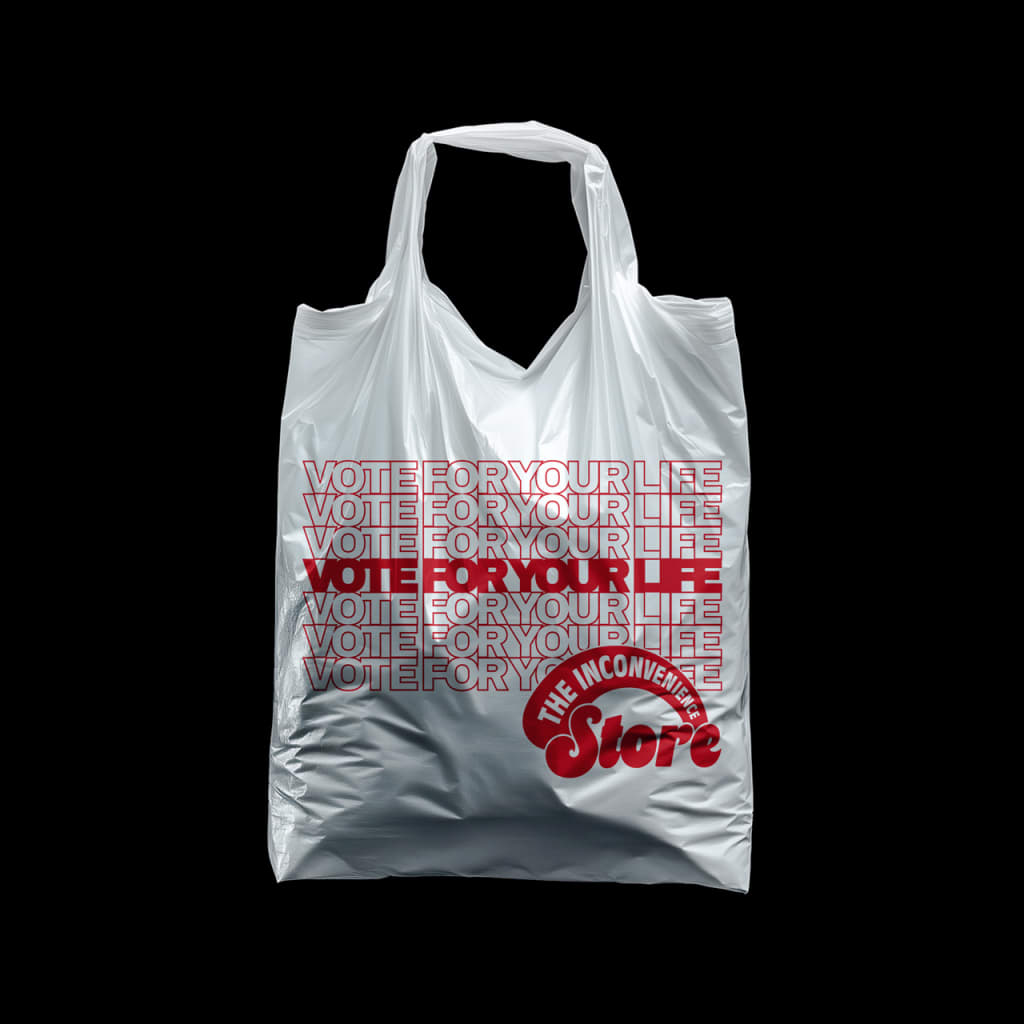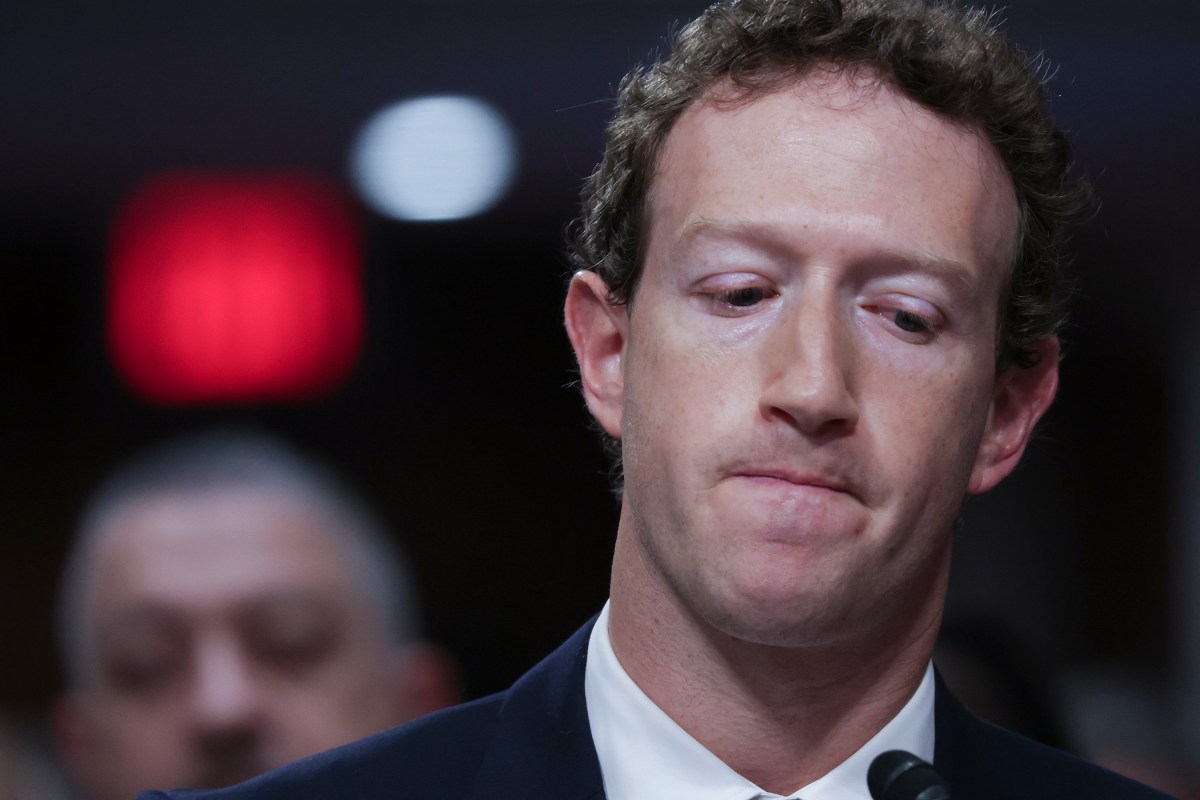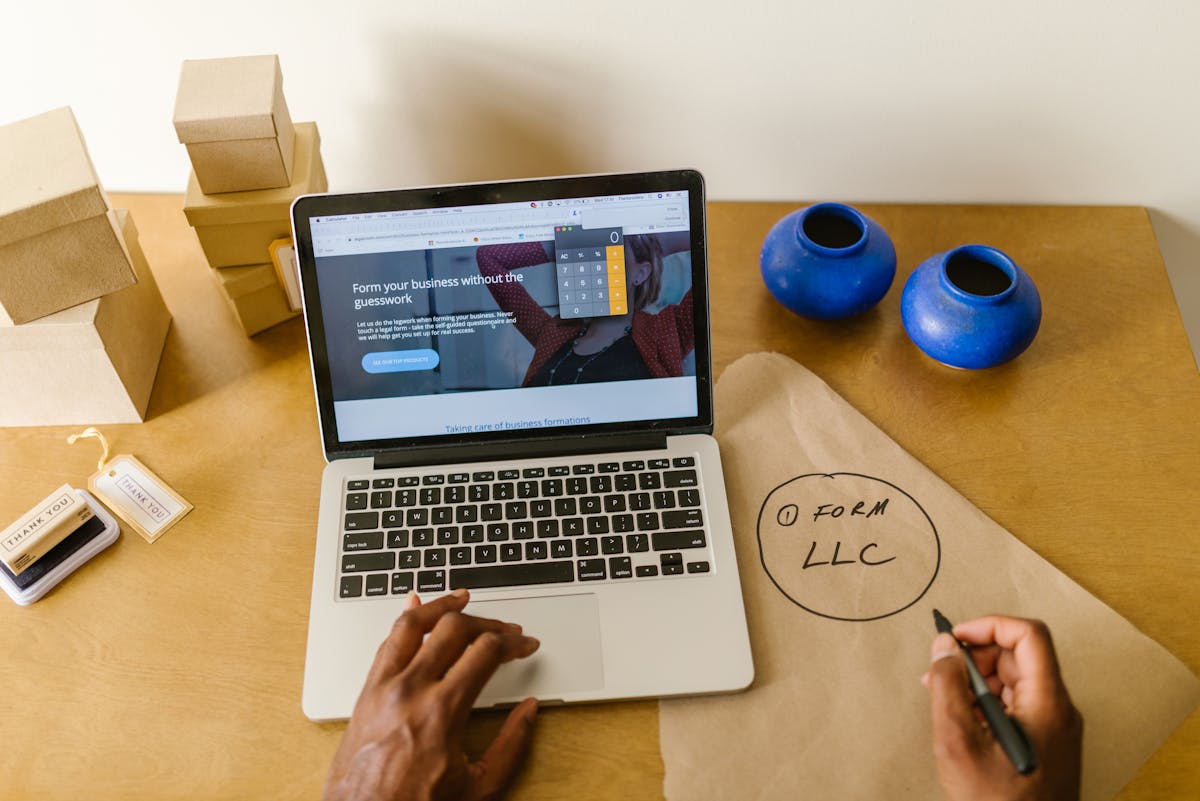The ‘Inconvenience Store’ shows the difficulties of accessing abortion in states with 6-week bans
When you get to the Inconvenience Store website, a banner at the top shares an eerie congratulations: “You’re having an unwanted pregnancy!” Then the urgency kicks in: “You’ve got 6 weeks, let’s shop!” The site takes you through steps to “shop” for an abortion, and at the bottom of your screen, a timer starts ticking down the weeks and days you have left to seek healthcare.Once you start “shopping,” though, you’ll quickly face barriers. Pop-ups ask for your birth date (“Abortions require parental consent if you are under 18 years old,” the website reads) and the days since your last period. Meanwhile, the countdown clock steadily inches closer to that six-week deadline, with the days ticking by in seconds. The timer takes six minutes to represent six weeks, though it can accelerate based on certain roadblocks or steps in the process. Then you’re faced with a decision: mail-in mifepristone or an in-clinic visit? [Image: courtesy Schaaf]Surprise, the mifepristone is out of stock. So you go back to choose the in-clinic visit, and face even more barriers to “checkout”: a requirement to upload an ultrasound, pop-ups alerting you about a mandatory 24-hour waiting period, a notification that if you “have not completed the prerequisite counseling regarding your abortion decision, please try to add to cart again after completion.” There are alerts to reschedule if you can’t miss a day of work this week, or to book in another state if you’ll be past the six-week gestational period. (Many women don’t even know they’re pregnant at six weeks; one study found that one in three women confirm their pregnancy past that time frame.)[Image: courtesy Schaaf]The Inconvenience Store, a project from women-owned creative consultancy Schaaf, is based on the six-week abortion ban in Iowa, which went into effect in July 2024. It was created along with Dr. Emily Boevers, OB-GYN and cofounder of the political action committee Iowans for Health Liberty, and writer Jessica Valenti, who’s substack is called Abortion, Every Day. The challenge for the project was to get across the reality of a six-week abortion ban through a comparison that could reach most people. Some may not understand what a six-week ban actually means; they think you can still get an abortion if you need one. “The reality is you can’t,” says Meg Farquhar, executive creative director and partner at Schaaf. Boevers, the OB-GYN, consulted on the narrative of the Inconvenience Store experience to show what it’s like to navigate these anti-abortion laws. [Image: courtesy Schaaf]Then, it was time to put those barriers into the design. “We sat down and brainstormed every terrible user-experience moment that we’ve ever had in an e-commerce environment, because we wanted the tension of really terrible UX to be the way that we educate people on the worst user experience in the country—which is trying to manage your reproductive health in a six-week-ban state,” Farquhar says.[Image: courtesy Schaaf]The website’s bright colors, cutesy designs, and cheery exclamations belie its frustrating reality. That’s intentional; it’s meant to be dystopian, and a sort of reimagined public service announcement. “It’s bubblegum, it’s bright, it’s peppy, it’s young. It’s supposed to feel very friendly,” Farquhar says. That lightness in the face of such a heavy topic can be a way into this discussion, “or else it just drives despair.” Studies have found higher rates of maternal mortality in states with more abortion restrictions, and recent stories about women who have died from delayed abortion care have made the news.While designing the Inconvenience Store, there were two main focuses: keep people engaged through the difficult experience, but also give them a chance to act. Starting on the landing page, users get the choice to begin “shopping” or to click a button that reads “Vote,” which takes them to Vote.org. Even if they choose the “Shop Now” option, throughout the “checkout” experience users will see a banner at the bottom of the page that reads “Vote for your life,” which also links through to Vote.org. Vice President Kamala Harris has campaigned for president on national abortion rights, promising to remove barriers to codify Roe v. Wade into federal law. Former President Donald Trump has said he would leave the issue up to the states. Abortion is also on the ballot in a few specific states.Schaaf previously worked with Planned Parenthood for its Bans Off Our Bodies campaign. The Inconvenience Store stemmed from thinking more about the state of healthcare in general—and how what has happened in Iowa could be a sign of what more of the country might look like in the future. Already, in the wake of the Supreme Court’s ruling in Dobbs v. Jackson Women’s Health Organization (which essentially overturned Roe v. Wade), 13 states have a total abortion ban, and 28 states have bans based on gestational duration (seven of which ban abortion at or before 18 weeks).“It alarmed us how few people under

When you get to the Inconvenience Store website, a banner at the top shares an eerie congratulations: “You’re having an unwanted pregnancy!” Then the urgency kicks in: “You’ve got 6 weeks, let’s shop!” The site takes you through steps to “shop” for an abortion, and at the bottom of your screen, a timer starts ticking down the weeks and days you have left to seek healthcare.
Once you start “shopping,” though, you’ll quickly face barriers. Pop-ups ask for your birth date (“Abortions require parental consent if you are under 18 years old,” the website reads) and the days since your last period. Meanwhile, the countdown clock steadily inches closer to that six-week deadline, with the days ticking by in seconds. The timer takes six minutes to represent six weeks, though it can accelerate based on certain roadblocks or steps in the process. Then you’re faced with a decision: mail-in mifepristone or an in-clinic visit?
Surprise, the mifepristone is out of stock. So you go back to choose the in-clinic visit, and face even more barriers to “checkout”: a requirement to upload an ultrasound, pop-ups alerting you about a mandatory 24-hour waiting period, a notification that if you “have not completed the prerequisite counseling regarding your abortion decision, please try to add to cart again after completion.” There are alerts to reschedule if you can’t miss a day of work this week, or to book in another state if you’ll be past the six-week gestational period. (Many women don’t even know they’re pregnant at six weeks; one study found that one in three women confirm their pregnancy past that time frame.)
The Inconvenience Store, a project from women-owned creative consultancy Schaaf, is based on the six-week abortion ban in Iowa, which went into effect in July 2024. It was created along with Dr. Emily Boevers, OB-GYN and cofounder of the political action committee Iowans for Health Liberty, and writer Jessica Valenti, who’s substack is called Abortion, Every Day.
The challenge for the project was to get across the reality of a six-week abortion ban through a comparison that could reach most people. Some may not understand what a six-week ban actually means; they think you can still get an abortion if you need one. “The reality is you can’t,” says Meg Farquhar, executive creative director and partner at Schaaf. Boevers, the OB-GYN, consulted on the narrative of the Inconvenience Store experience to show what it’s like to navigate these anti-abortion laws.

Then, it was time to put those barriers into the design. “We sat down and brainstormed every terrible user-experience moment that we’ve ever had in an e-commerce environment, because we wanted the tension of really terrible UX to be the way that we educate people on the worst user experience in the country—which is trying to manage your reproductive health in a six-week-ban state,” Farquhar says.
The website’s bright colors, cutesy designs, and cheery exclamations belie its frustrating reality. That’s intentional; it’s meant to be dystopian, and a sort of reimagined public service announcement. “It’s bubblegum, it’s bright, it’s peppy, it’s young. It’s supposed to feel very friendly,” Farquhar says. That lightness in the face of such a heavy topic can be a way into this discussion, “or else it just drives despair.” Studies have found higher rates of maternal mortality in states with more abortion restrictions, and recent stories about women who have died from delayed abortion care have made the news.
While designing the Inconvenience Store, there were two main focuses: keep people engaged through the difficult experience, but also give them a chance to act. Starting on the landing page, users get the choice to begin “shopping” or to click a button that reads “Vote,” which takes them to Vote.org. Even if they choose the “Shop Now” option, throughout the “checkout” experience users will see a banner at the bottom of the page that reads “Vote for your life,” which also links through to Vote.org.
Vice President Kamala Harris has campaigned for president on national abortion rights, promising to remove barriers to codify Roe v. Wade into federal law. Former President Donald Trump has said he would leave the issue up to the states. Abortion is also on the ballot in a few specific states.
Schaaf previously worked with Planned Parenthood for its Bans Off Our Bodies campaign. The Inconvenience Store stemmed from thinking more about the state of healthcare in general—and how what has happened in Iowa could be a sign of what more of the country might look like in the future. Already, in the wake of the Supreme Court’s ruling in Dobbs v. Jackson Women’s Health Organization (which essentially overturned Roe v. Wade), 13 states have a total abortion ban, and 28 states have bans based on gestational duration (seven of which ban abortion at or before 18 weeks).
“It alarmed us how few people understand what’s at stake, and how few people understand the hurdles and barriers in front of people who can get pregnant, across the country today,” says Kendra Schaaf, the agency’s founder and CEO. “This project aims to highlight those complexities so as to motivate people to do something about protecting their healthcare rights.”






















